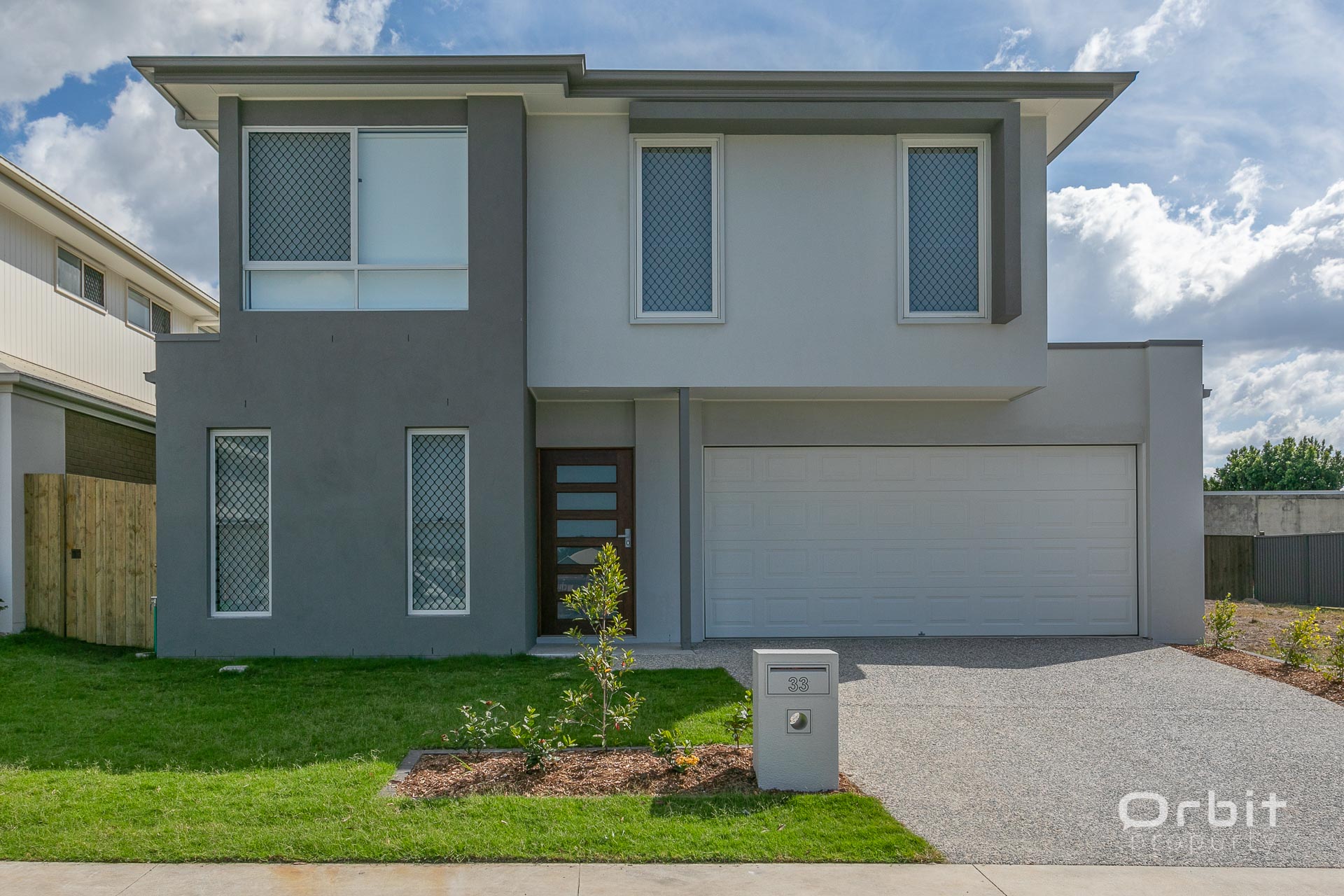The term ‘house and land package’ seems self-explanatory but understanding what is and isn’t included can be tricky.
A house and land package is when a buyer secures a block of land and the construction of a home in one process but two contracts.
House and land packages are a popular option for buyers as the know the combined price of their home and land from the outset.
A buyer will have two contracts, one being for the land the other for the house construction. This is because you are purchasing from two separate entities, the land generally being from the developer and the home is purchased from the builder.
What’s included in house and land packages?
Buying a house and land package includes purchasing a lot through a developer and then selecting a builder and house design.
As builders and the houses on offer all differ from each other in some way, it is important to be clear from the start exactly what is and isn’t included as part of the package.
Generally, ‘standard inclusions’ in a new home usually a fully fitted kitchen and bathroom, windows and doors, built-in robes, electrical points, TV and phone points, fans, stairs, tiles and carpet.
Many interior design elements will cost extra, as well as driveways, landscaping and fencing.
Builders may also offer additional inclusions, depending on the price and style of the home. For example, it may include carpets and tiling throughout, stone kitchen bench tops and stainless-steel appliances. Driveways, landscaping and fencing may provide part of their additional inclusions. This will depend on the house and land package you are buying.
Taxes, stamp duty and other costs to consider
When buying a house and land package, it is important to remember that costs such as stamp duty and registration fees are not included in the price.
Buyers also need to appoint a conveyancer to liaise with the developer and the builder, as with all property purchases, to ensure council and regulatory requirements are met.
Once your land settles, you are responsible for maintaining the block which includes keeping it clear from rubbish, debris, excessive or overgrown weeds and other materials. Council may conduct regular site inspections of lots under construction and may issue fines to the owner if lots are not kept clean and tidy.
Once your new home is built, it is the responsibility of the home owner to contact utility providers, such as electricity, gas, telephone and internet providers, to set up your home account.


































